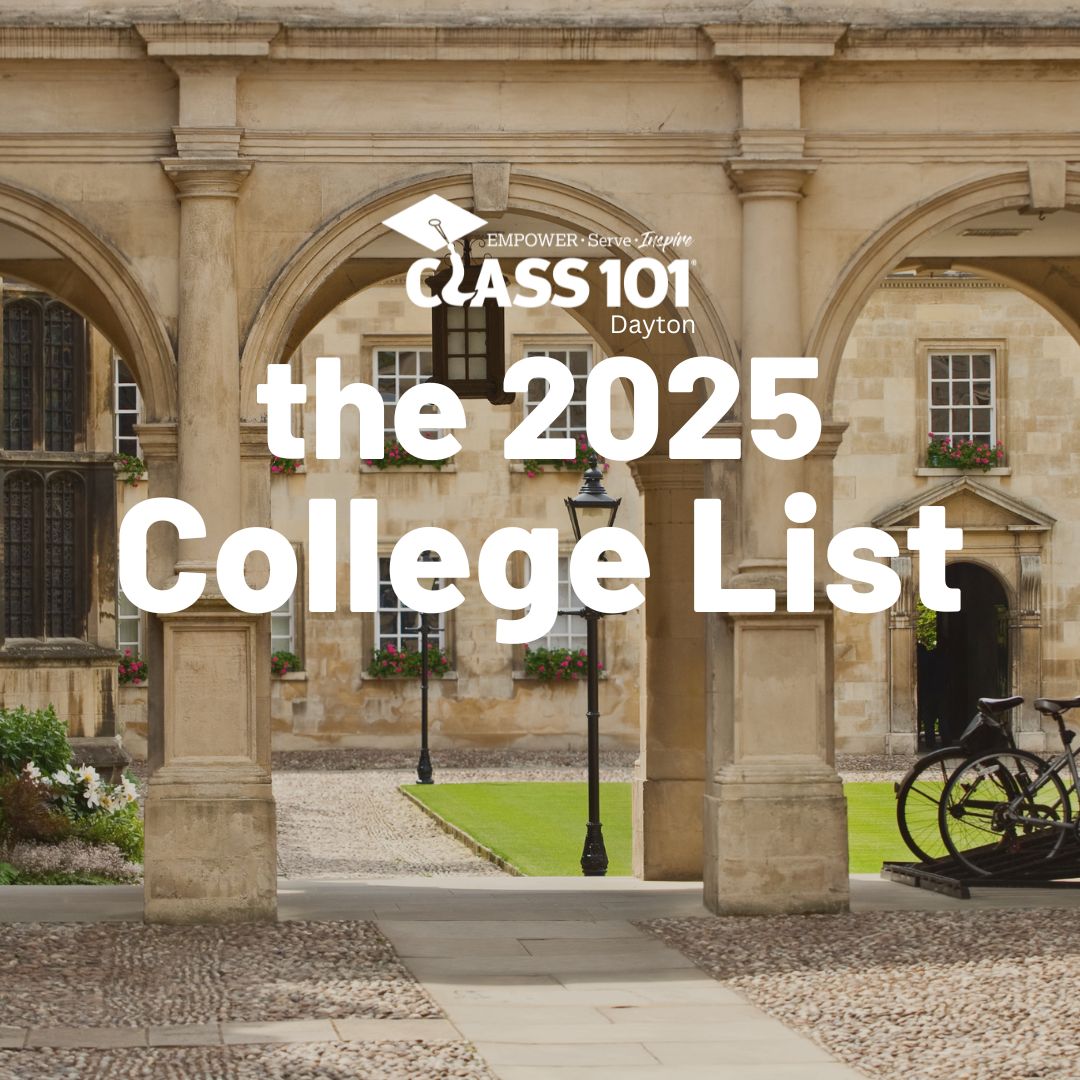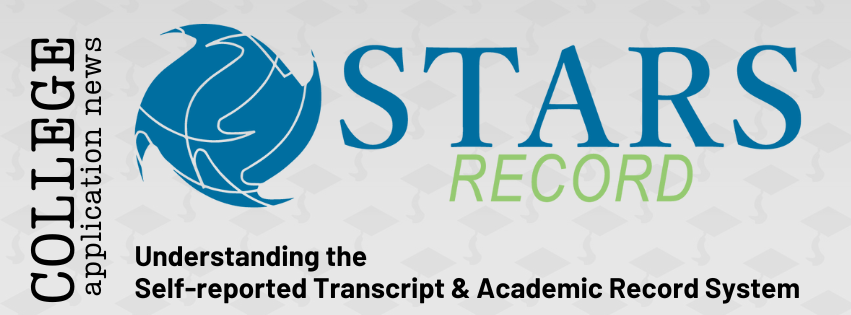February 26, 2025

Class 101-Dayton assisted the Class of 2025 in applying to more than 170 colleges and universities in 33 states and the District of Columbia as well as institutions in Japan, Switzerland, and the United Kingdom.
A number of factors help our students define their college lists: location and geography, the student’s college fit preferences, family expectations, and academic program information. For a few students, their area of study has to be a primary consideration. If they would like to major in something few schools offer, then the college list is first shaped by the student’s area of interest. Extracurricular interests like sports or music might also narrow the list. At times, family legacy is a primary influence on the list.
For the majority of our students, we start with a broad list of schools, and we advise our students to tour a smaller school (less than 5,000 students), a mid-sized school (5,000 to 12,000 students), a large school (12,000 to 25,000 students), and an extra-large school (more than 25,000 students). Our lists will often include urban, suburban, and rural options, and we talk about the importance of visiting the community as much as visiting the college.
With all applications submitted, our students take time to evaluate and compare their schools again through a more personal lens. From February through April this spring, our seniors will compare programs of study for requirements and electives, including reading the course descriptions of classes they are likely to take in their freshman year. We encourage in-person or virtual visits to talk with professors and students. Using their top expectations for college, they rank schools on their college list for opportunities including study abroad programs, honors programs, housing options, internships and co-ops, undergraduate research opportunities and grants, and extracurriculars.
At Class 101, we also examine colleges’ post-graduate outcome statistics, and we review and revise the factors that each individual student deems important to his or her decision. It is not uncommon for students’ preferences to change during senior year, which is why a broad and well-researched list of colleges is so important.
For the Class of 2026 and beyond, connecting with colleges should start now. Spring is the perfect time to brainstorm a big college list and start demonstrating interest through subscribing to admissions emails (and reading them!), scheduling visits, attending events and pre-college programs, and following social media accounts.
If you are wondering where to start with your student’s college list, here’s where Class 101-Dayton students in the Class of 2025 applied:
Bold denotes where the Class of 2025 has enrolled.


October 22, 2025
Posted 10/22/25 In HB 96, Ohio’s biannual budget bill passed earlier this year, the State of Ohio made a commitment to encourage more of Ohio’s top achieving students to stay in state for college. Announced in a webinar with high school administrators and high school counselors on October 22, the Ohio Guaranteed Admission Program is […]
Read More >
October 14, 2025
The FAFSA and CSS Profile are tools to connect students and families with financial aid. By understanding what each platform offers, students can maximize their opportunities to cut costs and make college affordable.
Read More >
September 24, 2025
STARS (the Self-reported Transcript and Academic Record System) is the new name for the SRAR/SSAR. It is a uniform online tool where students self-report their high school transcripts for colleges that request this information.
Read More >